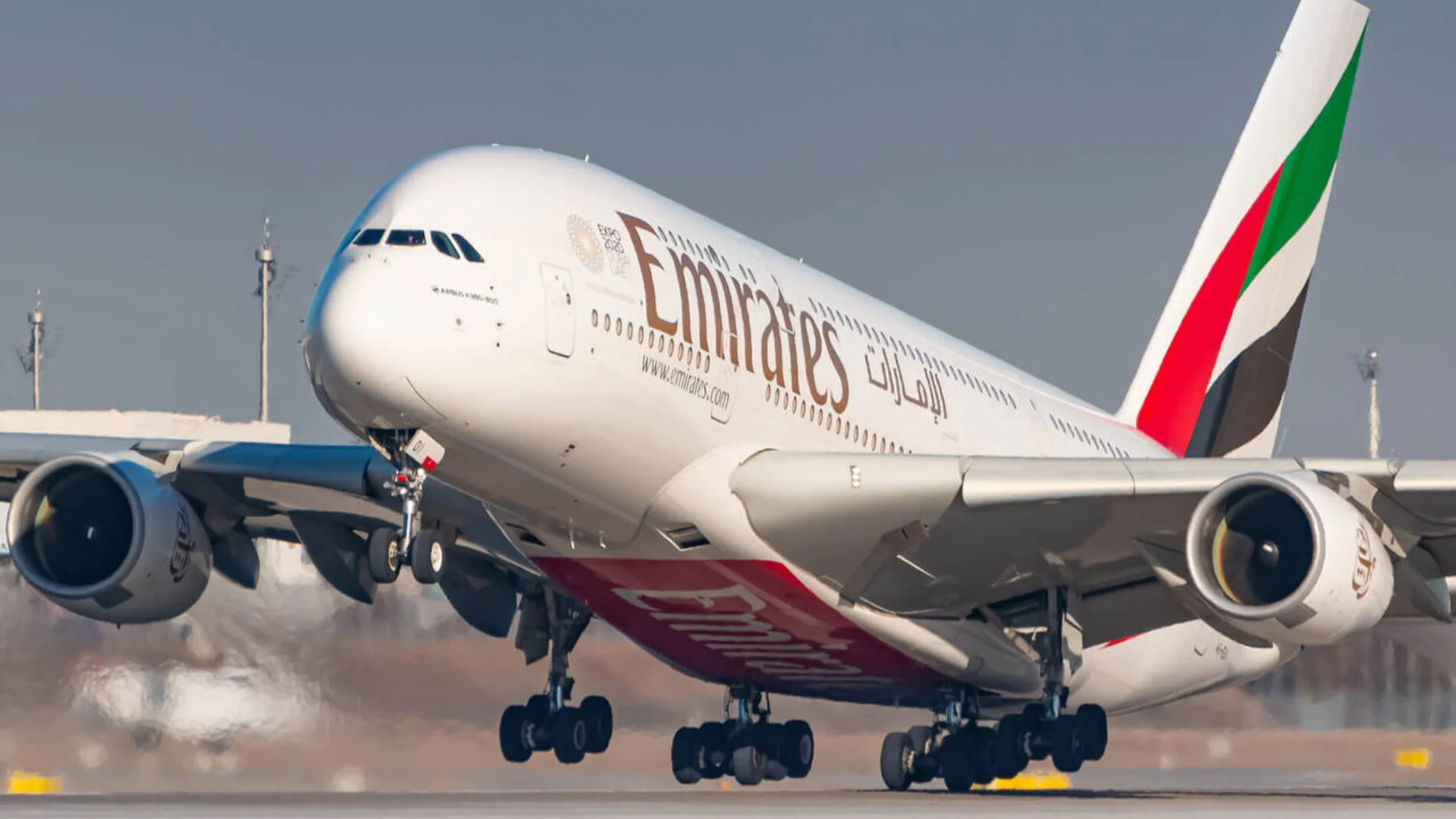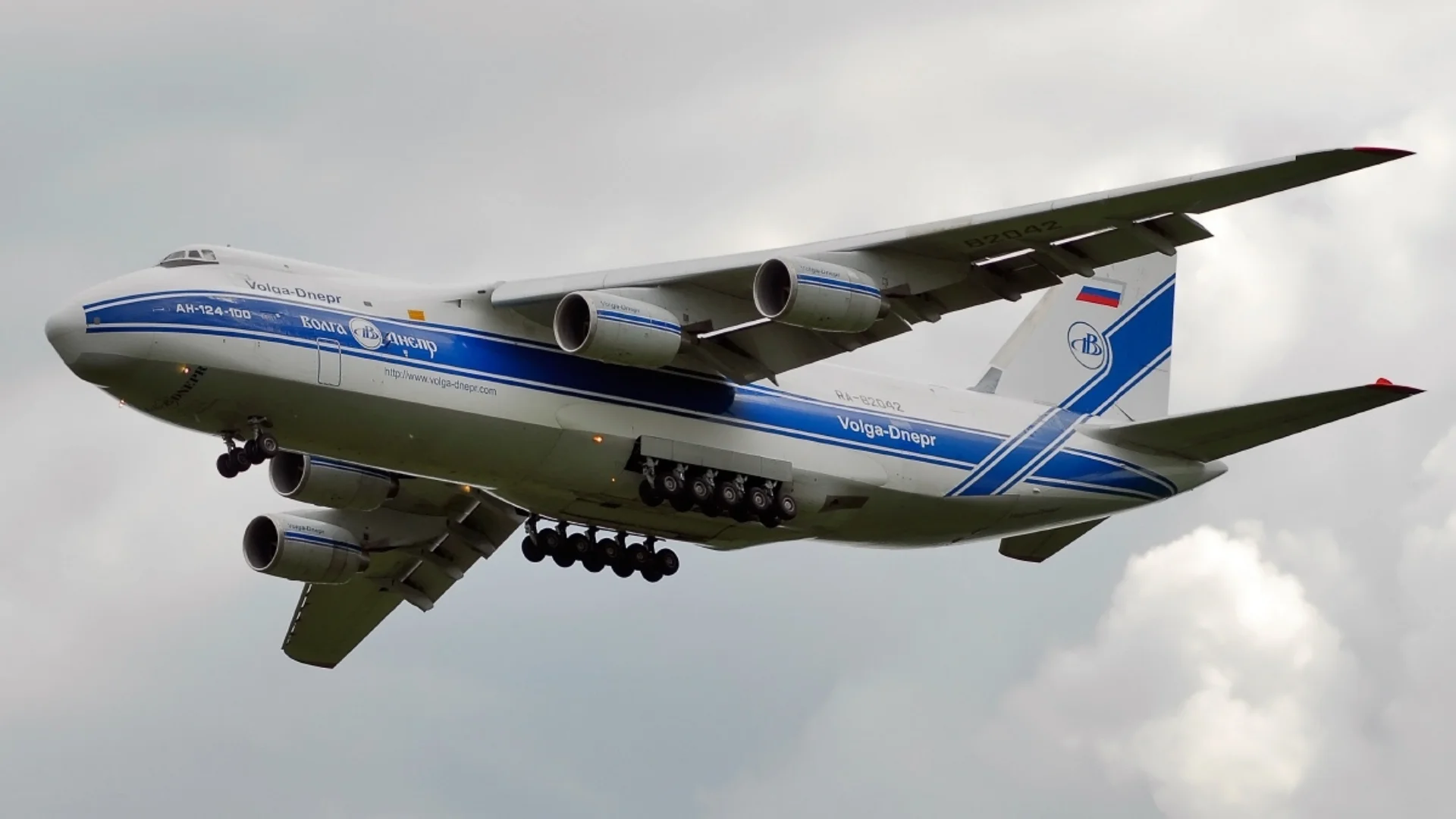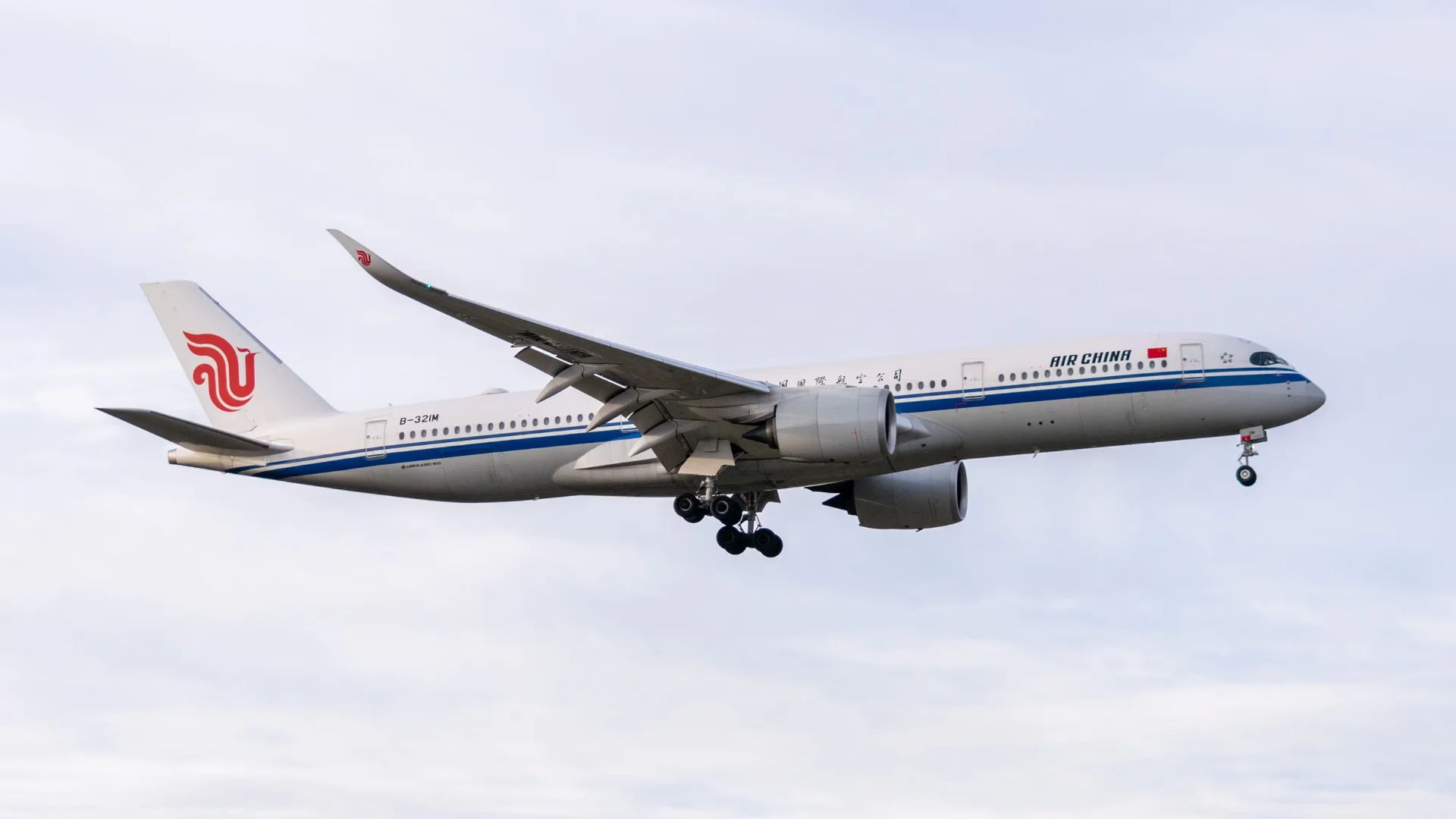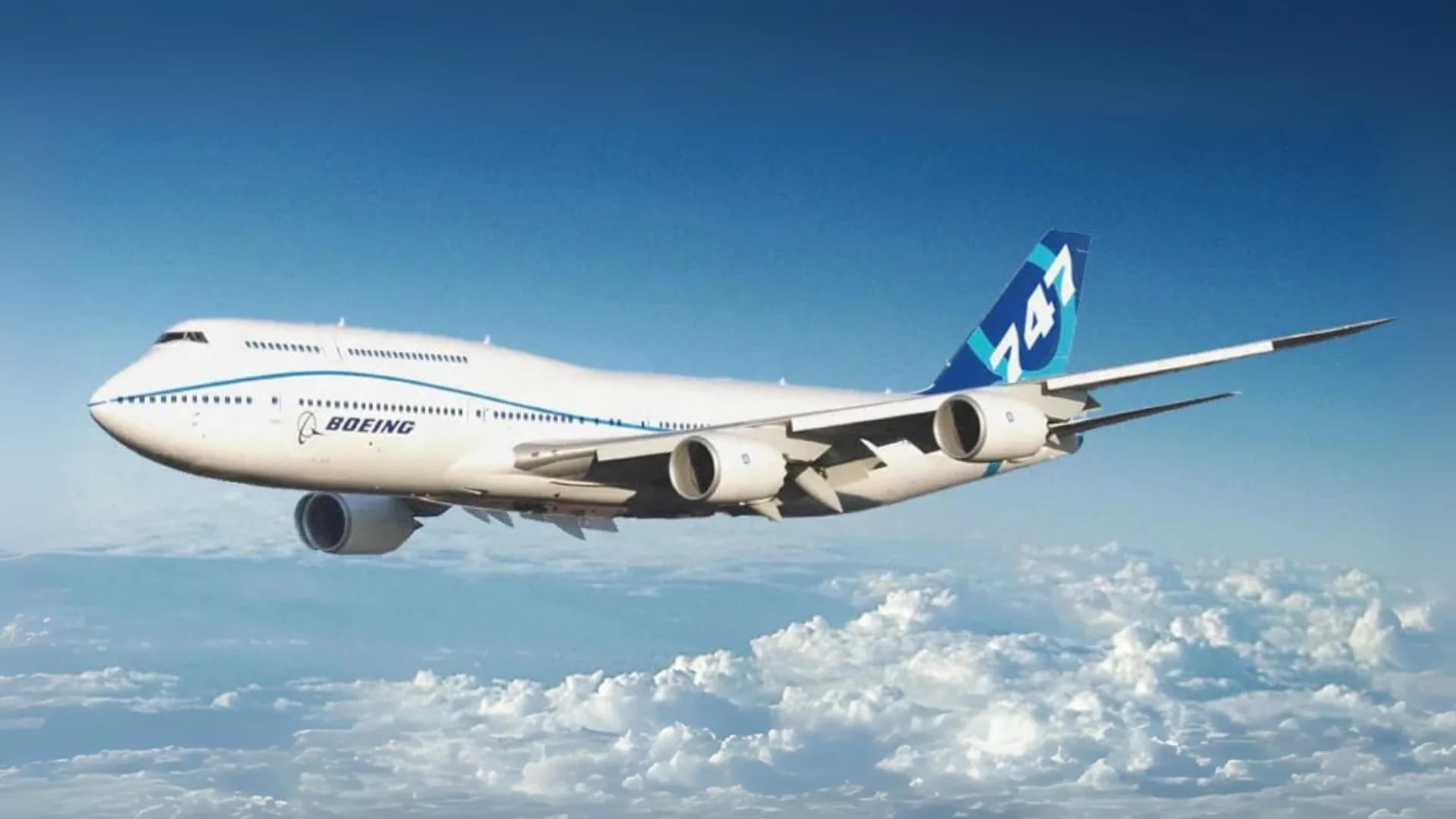The general aviation industry flourished in the mid-20th century, with companies like Cessna, Piper, and Beechcraft producing thousands of light aircraft each year. These planes were used for personal transportation, business travel, and pilot training. However, by the late 1970s and early 1980s, several factors led to a steep decline in production and innovation:
- Increased regulations: Stricter safety and manufacturing regulations made it more expensive for manufacturers to develop and certify new aircraft.
- Rising liability costs: Costly product liability lawsuits made manufacturers hesitant to produce new aircraft.
- Economic downturn: A combination of economic recession and high fuel costs made general aviation less attractive.
- Lack of technological advancement: Stagnation in new aircraft models and outdated avionics made GA aircraft less appealing.
With fewer new aircraft entering the market, production plummeted from over 17,000 units per year in the late 1970s to fewer than 1,000 annually by the early 1990s.
NASA Intervention
Recognizing its importance to both economy and transportation systems as well as its dramatic downturn due to regulatory burdens among other reasons; NASA took leadership roles towards reviving this sector through launching Advanced General Aviation Transport Experiments (AGATE) program back in1994 which aimed at developing technologies that would modernize designs making them safer yet affordable thus setting stages towards resurgence seen later on during that decade itself!
NASA’s AGATE Program: A Plan for Revival
In partnership with Federal Aviation Administration (FAA), aircraft makers + academic institutions; AGATE focused on reducing development costs via advanced manufacturing techniques alongside improving safety/performance levels using modern materials/avionics while enhancing pilot training/cockpit tech too! Furthermore accelerating certification processes was another key objective here
Positive Outcomes: Key Technological Advancements
According To NASA APPEL ; Several Pioneering Tech Advancements Transformed This Industry Including:
- Advanced Avionics & Glass Cockpits
- Composite Materials For Aircraft Design
- Simplified Pilot Interfaces & Flight Training
- Streamlined Certification Processes
Technology And Aircraft Manufacturing
One Significant Contribution Was Development/Widespread Adoption Of Glass Cockpit Technology Replacing Analog Instruments With Digital Screens Displaying Critical Flight Info Thus Improving Situational Awareness By Integrating GPS + Weather Data Etcetera! Additionally Promotion Use Composite Materials Offered Advantages Like Lighter Airframes Resulting Better Fuel Efficiency While Stronger Structures Enhanced Safety Too Among Others Benefits Seen Herein!
Industry Skills And Processes
Not Just Focusing Physical/Technical Elements Alone But Also Addressing Workforce Development Issues Alongside Streamlining Necessary Procedures Proved Crucial Too Especially Encouraging New Pilots Enter Field Via Intuitive Cockpit Designs Improved Training Programs Among Other Initiatives Taken Up Under This Umbrella Project Called AGATE!
Simplifying FAA Certification Procedures Allowed Quicker Market Entry Newer Designs Thus Overcoming Major Hurdles Previously Faced Manufacturers Trying Introduce Innovative Models Incorporating Modern Technologies Within Reasonable Timeframes/Budgets Possible Now Thanks Reformation Part23 Standards Governing Small Aircraft Design/Airworthiness Requirements Etcetera!
The Lasting Impact Of AGATE
By Late '90s/Early2000's Clear Effects Visible Through Various Indicators Such As:
- Increase New Models Produced Companies Like Cirrus/Cessna/Diamond Using Agate Tech
- Rise Sales Overall Production Rebounding Historic Lows Steadily Increasing Thereafter Throughout Early Years Following Millennium Turnover Period Markedly So !
- Wider Adoption Standardized Even Entry Level Versions Available Today Largely Due Efforts Put Then Reviving Once Struggling Sector Back On Its Feet Again Successfully Eventually Leading Way Forward Future Developments Continuing Evolve Further Still Ongoing Basis Currently Observed Widely Across Board Globally Speaking Broadly At Large Scale Perspective Viewpoint Essentially Summarized Concisely Herein Above Presented Brief Overview Contextual Background Information Provided Earlier Sections Detailed Out Elaborately Enough Already Beforehand Accordingly Therefore Concluding Remarks Follow Suit Next Paragraph Below Finally Wrapping Things Altogether Neatly End Note Properly Closing Off Entire Discussion Appropriately Henceforthforthcomingforthwithforthcomingforthwithforthcomingforthwith...###
 Alerts Sign-up
Alerts Sign-up






























